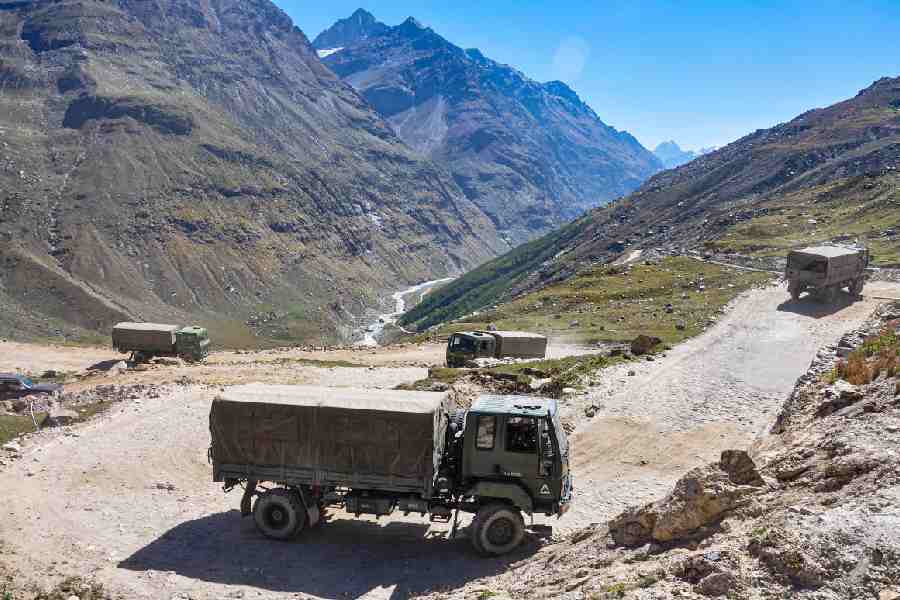Top commanders of the Indian Air Force will deliberate on key security challenges facing India during the three-day commanders’ conference starting on November 18.
Among the topics on the agenda is the ongoing border standoff between Indian and Chinese troops along the Line of Actual Control in eastern Ladakh.
“During the conference beginning on November 18, all aspects of India’s security challenges, including those along the borders with Pakistan and China, will be discussed threadbare. The main focus of the deliberation will be on the ongoing border standoff with China and the challenges ahead for the force,” said an Indian Air Force official.
Recently, India and China signed an agreement on patrolling arrangements at the Depsang Plains and Demchok in eastern Ladakh, leading to the disengagement of the two armies from the two sectors. The agreement also allowed Indian troops to patrol these two sectors, nearly four-and-a-half years after access was blocked by the Chinese army following multiple transgressions at border points inside India-claimed lines.
The latest agreement, however, applies only to the Depsang Plains and Demchok in Ladakh and not to the other points of Chinese incursion. In the past, both sides had “partially” disengaged at four other points, including the Galwan Valley, by creating “demilitarised” buffer zones inside India-claimed lines, meaning Indian troops cannot patrol there.
Indian military veterans have flagged that the full restoration of the April 2020 status quo can happen only when the Chinese troops return to their side of the LAC from all incursion points in eastern Ladakh.
Sources said the biannual commanders’ conference will focus on reviewing the IAF’s operational readiness. Besides, the status of strengthening current combat capabilities and the action plan for making the IAF a future-ready combat force will be examined. The discussions will also include the IAF’s plans for upgrading and modernising its equipment to maintain technological superiority amid changing regional security conditions.
The IAF faces a shortage of fighter aircraft amid a delay in the delivery of the indigenous Tejas light combat aircraft, being made by Hindustan Aeronautics Limited (HAL).
Around 65 to 70 per cent of the IAF’s fighter aircraft are Russian, and most of them either need urgent upgrades or are on the verge of retirement. Having foreign aircraft also means staying dependent on other countries for parts and components.
The IAF currently has 31 fighter squadrons against an authorised strength of 42. Each squadron has on average 18 aircraft, which means the IAF has 558 fighter aircraft, 198 short of the required 756.
The conference will be attended by the air officers commanding-in-chief of all commands of the IAF, all principal staff officers and all directors-general posted at the air headquarters.
Both Indian and Chinese armies continue to deploy over 60,000 troops, each with weaponry, along the LAC in eastern Ladakh.
Besides surface-to-air-missile squadrons, the IAF has deployed fighter aircraft including Sukhoi, Mirage and Mig-29, as well as Apache attack and Chinook heavy-lift helicopters, in Ladakh to counter massive deployment by the People’s Liberation Army.










